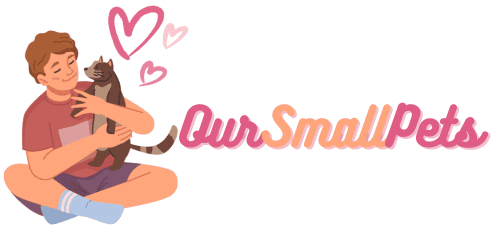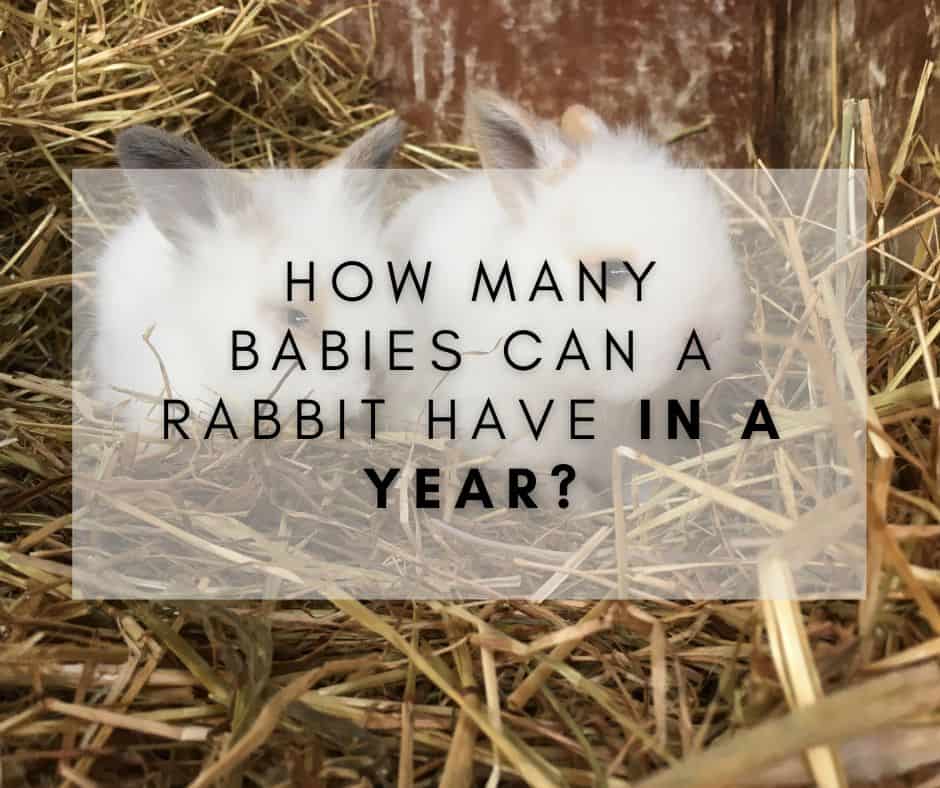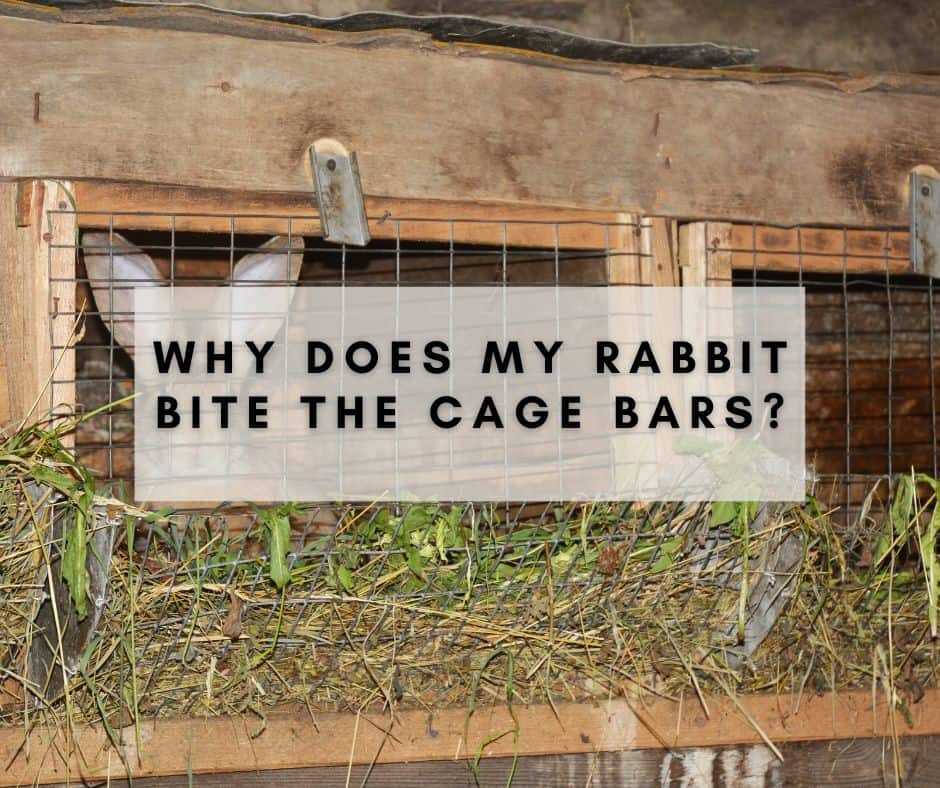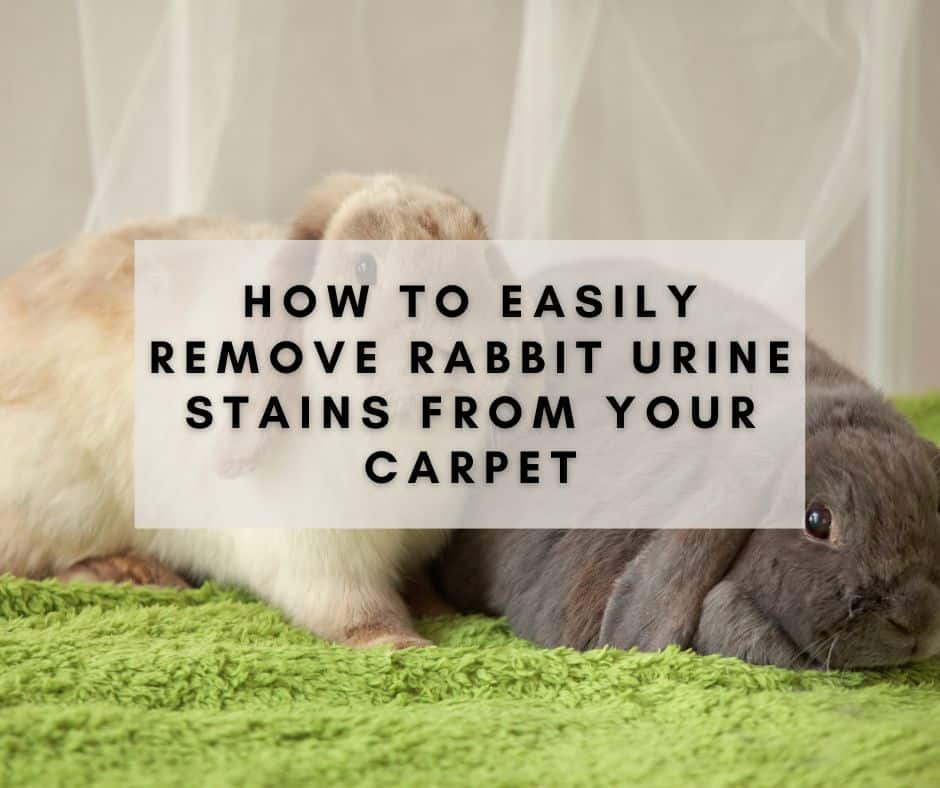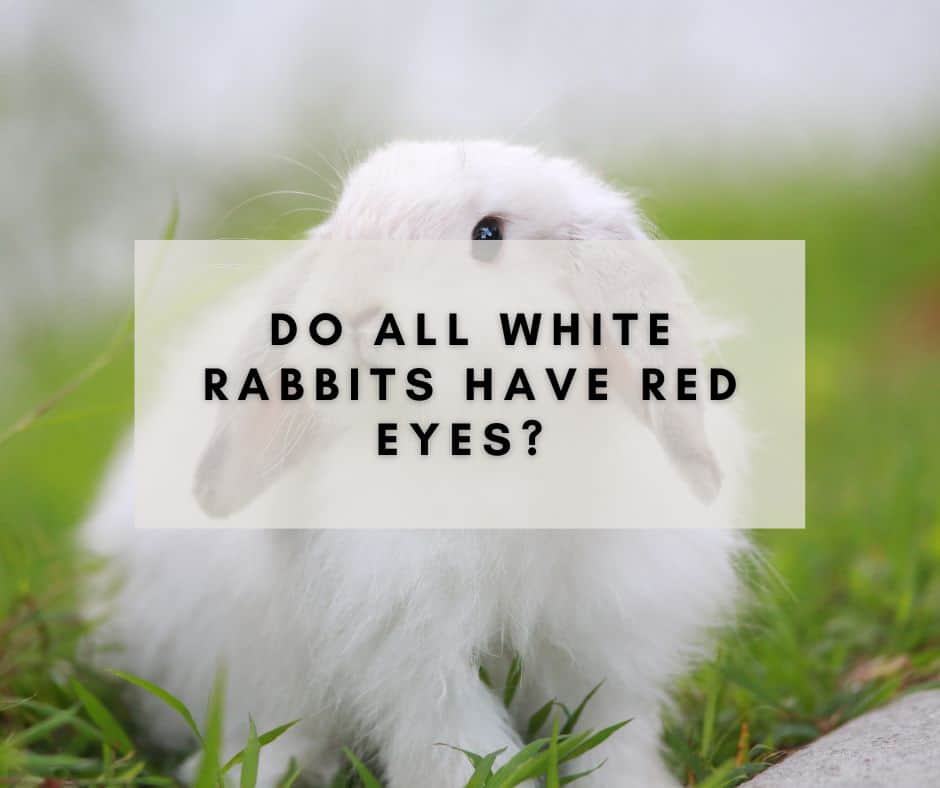The phrase ‘breeding like rabbits’ may have already given you a clue as to how many babies rabbits can produce.
If we were to gauge the max level while still maintaining the doe’s healthiness, they are able to produce 7 litters with 12 babies each. On average, it’s only around 4 litters with 5 each.
Their might in breeding is all thanks to their prolific breeding capabilities added to the fact that their gestation period is much shorter than most mammals.
Contents
How long is a rabbit’s gestation period?
According to ScienceDirect, it is around 31 to 32 days with larger litters having shorter periods of gestation than smaller litters.
If they still haven’t been kindled after 32 days, there’s a high chance that the baby rabbits, or kits, may be stillborn.
If the gestation period is a month, shouldn’t it be 12 litters annually?
When talking about possibility then yes, it’s possible for the doe to have 12 litters per year but it’s not exactly healthy.
The ideal number is only 6 – 7 litters, letting the kits age for around 8 weeks old before another litter is born. Otherwise, you’d be preparing a funeral for half the litter and their mother.
How soon can rabbits breed?
Rabbits sexually mature at a young age, it’s common practice to separate the males from the females early on because of this.
Male rabbits will achieve sexual maturity at 3 – 4 months of age while female rabbits will get it much later at the age of 5 – 6 months. Though, it does depend on the breed of your rabbits.
When it comes to mating, female rabbits only last up to 4 years while male rabbits can go on for 7 years.
They can also conceive at any day, time, and season. If you don’t want litters, consider separating your rabbits or neutering/spaying them.
Do rabbits have heats?
Unlike other female species, a doe does not have to be in heat to be fertile. They undergo induced ovulation instead.
Ovulation occurs after mating and it’s the only time they produce eggs since they don’t have regular estrous cycles.
This means a female rabbit can become pregnant again within a few days of giving birth, hence the phrase ‘breeding like rabbits’.
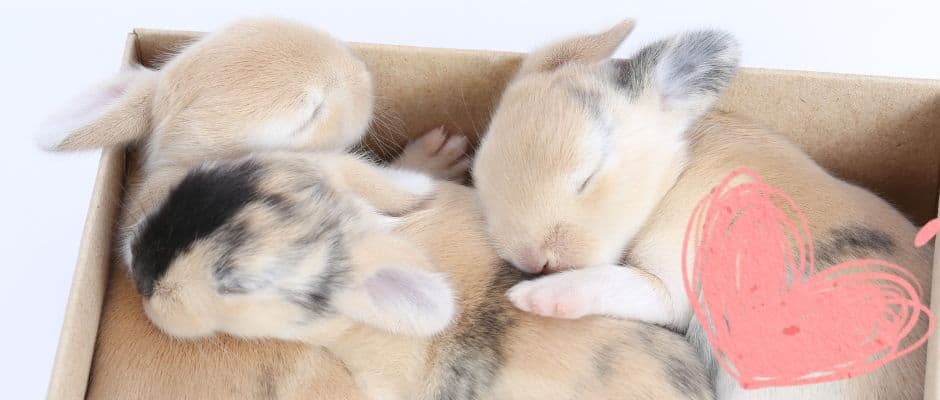
Signs of a pregnant rabbit
While the only way to truly know is to take them to the vet, there are still telltale signs that you can use as a guide to deduce if your rabbit is pregnant.
Nesting
This behavior usually happens a week before she gives birth. She’ll stack multiple materials or even dig to create a small den.
At some point, she’ll even use her own fur just to make a very personal blanket for her babies. Don’t worry though, this is a common behavior!
If you want to help out, you can give her useful materials like hay or a box. Once the nest is all done, make sure to provide her with adequate space for the birthing process.
Behavioral Changes
When your loving rabbit suddenly hates you then there’s definitely something off! Fortunately, it may just mean that she’s pregnant.
Soon-to-be-mommies can be quite aggressive, even to their own friends. She’ll growl and sometimes even bite!
Make sure to give her enough space and try not to handle her too much. Soon enough, she’ll be back to your sweet and loving rabbit.
Don’t be complacent though, if she’s solely exhibiting behavioral changes and not other pregnancy signs then it may be a health problem.
Baby bumps
Infants can be felt through the mother’s tummy as soon as 10 days after pregnancy. The pea-sized heads may be a good indicator of an incoming litter.
However, you shouldn’t try this after two weeks and don’t push too hard! Doing so will hurt the babies inside.
If you’re inexperienced with rabbit pregnancy, make sure to either take them to the vet or proceed carefully under the vet’s guidance.
A rabbit’s birth
Fortunately, there are little to no complications when it comes to the birthing process (Assuming that they’re all well-fed and healthy beforehand).
If your rabbit had lost their appetite, there’s a high chance that it will go into labor, or otherwise called ‘kindling’, tomorrow.
Kindling typically lasts for 15 minutes, do not interrupt at any point. Rabbits use their instincts in this process, even if your doe hasn’t been pregnant before, she’ll be fine.
And once the newborns are out, do not pick them up. They’re fragile and wouldn’t be able to handle too much human contact, thus must be avoided when unnecessary.
After kindling
The kits would be nursed twice a day, usually at dawn and at dusk. It typically lasts for around five minutes.
Make sure to separate your doe from your male rabbit, or buck. They can get impregnated easily after birth and it may cause health problems.
Ideally, your buck may only socialize with your doe again once the kits are 8 weeks old. If you do not want any more kits, make sure to spay your rabbits.
Things to look out for when breeding rabbits
If you’re trying to extend your family or you’re planning to sell rabbits then you should be wary of these:
Issues with genetics
This is also a problem if you let your rabbits, especially siblings, run free. They will mate and produce kits with genetic problems.
So, make sure to isolate the siblings from each other and let your rabbit be impregnated by bucks that aren’t from her family tree.
Pedigree
Their line of ancestry is very important. Sometimes, bucks/does will pass off problematic traits to their offspring, leading to a range of pedigree problems in the future.
That’s why, if there’s a certain trait that you don’t want in the offspring, make sure not to breed rabbits that can pass it off.
So, the next time you want to let your doe breed with a buck that isn’t from your litter, make sure to know their pedigree.
The standard
Multiple countries have set their own standards and manuals for rabbit breeding. This is to ensure the responsibility and ethicality of rabbit breeders.
After all, high-quality rabbits are always produced by those who follow high-quality standards when it comes to breeding.
If you’re new to this, make sure to do your research on the internet or ask a professional for help.
You can find these standards online and use them as guidelines for your own rabbit breeding journey!
Conclusion
Rabbits are quick to breed, often ending up with more than 7 litters if the bucks and does were left to their own devices.
This is due to the doe’s ability to induce ovulation and to be able to get pregnant even after giving birth.
Unfortunately, this can cause multiple genetic and health problems both for the infant and the parents.
So, just because they are able to breed like rabbits doesn’t mean that they should. As the fur parent, you must enforce responsible breeding and follow the standards for their own safety.
